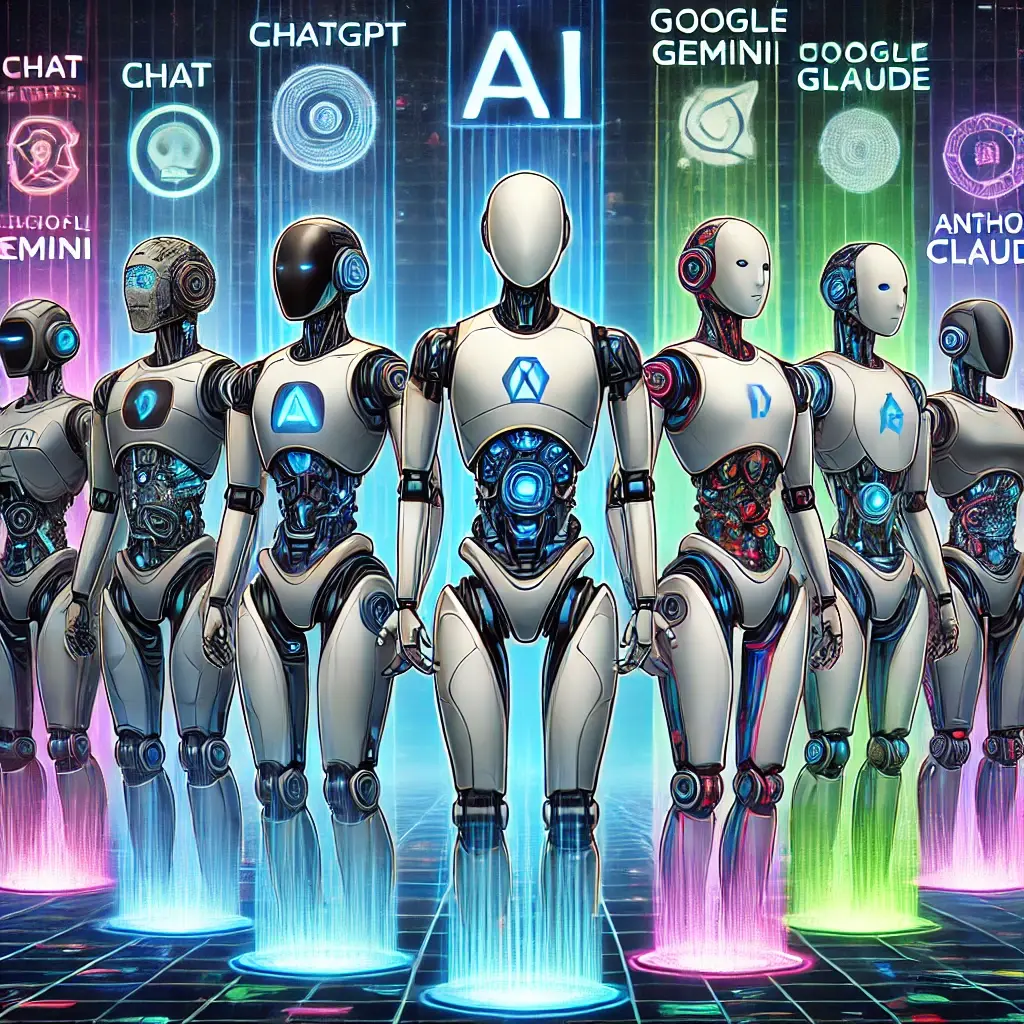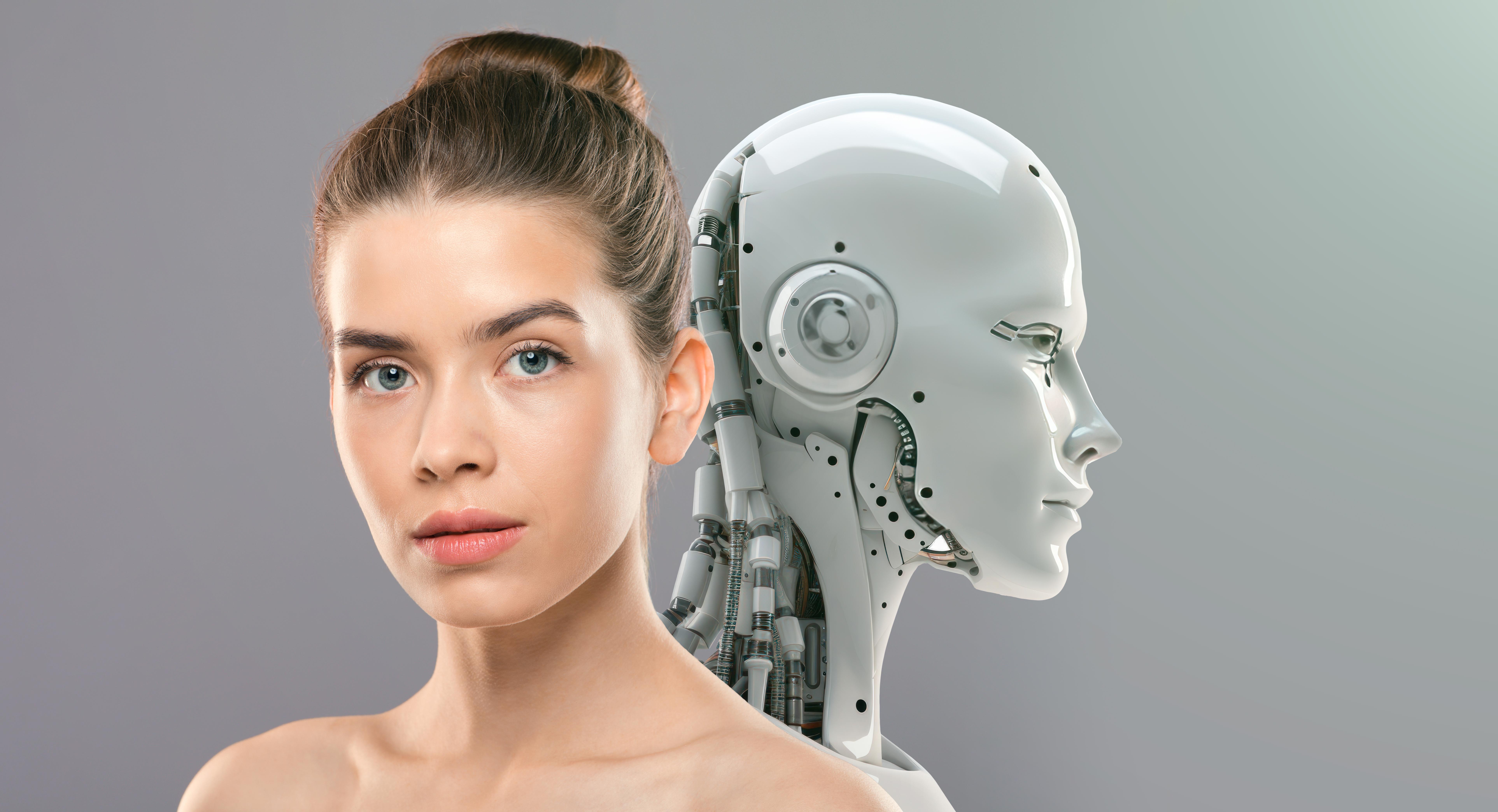Ranking and Overview of All Generative AI as of June 2024

Post Categories
2024-06-20
Robert Espinoza
Here’s a ranking and overview of notable generative AI models and platforms that compete with or are similar to OpenAI's ChatGPT:
1. OpenAI's ChatGPT
- Strengths: High-quality natural language generation, extensive training data, strong user base, wide application support.
- Weaknesses: High computational requirements, occasional inaccuracies or biases.
2. Google Gemini (formerly known as Bard)
- Strengths: Advanced language understanding, integration with Google’s extensive data and services, strong research backing.
- Weaknesses: Privacy concerns, competitive landscape.
3. Anthropic's Claude
- Strengths: Emphasis on AI safety and ethics, strong focus on alignment research.
- Weaknesses: Less commercial application and exposure compared to competitors.
4. Perplexity AI
- Strengths: High precision in language tasks, effective for specific use cases such as search and summarization.
- Weaknesses: Limited versatility compared to broader models like ChatGPT.
5. Microsoft's Azure OpenAI Service
- Strengths: Direct integration with Azure cloud services, strong enterprise support, access to OpenAI models.
- Weaknesses: Dependency on Microsoft ecosystem, higher cost for extensive usage.
6. Cohere
- Strengths: Specialized in generating high-quality text for business applications, customizable models.
- Weaknesses: Smaller scale compared to giants like OpenAI and Google.
7. DeepMind's Chinchilla
- Strengths: Advanced AI research, robust models focused on complex problem-solving.
- Weaknesses: Primarily research-focused, less commercial deployment.
8. Facebook's (Meta) BlenderBot
- Strengths: Strong conversational capabilities, integration with Meta’s social platforms.
- Weaknesses: Privacy concerns, performance issues in some cases.
9. Amazon's Alexa Conversations
- Strengths: Integration with Amazon’s ecosystem, strong voice interaction capabilities.
- Weaknesses: Primarily voice-focused, less versatile in text-based applications.
10. IBM Watson
- Strengths: Strong enterprise focus, extensive NLP capabilities, integration with IBM’s services.
- Weaknesses: Higher cost, less focus on general conversational AI.
11. Jasper AI
- Strengths: Tailored for content creation, strong marketing and SEO capabilities.
- Weaknesses: Limited scope outside of content generation.
12. Hugging Face's Transformers
- Strengths: Open-source, large community support, customizable models.
- Weaknesses: Requires technical expertise to implement effectively.
13. Replika
- Strengths: Focus on personal companionship and mental health support, strong user engagement.
- Weaknesses: Limited to specific use cases, less robust for general tasks.
14. Character.ai
- Strengths: Focus on creating personalized AI characters, strong user interaction.
- Weaknesses: Limited to entertainment and companionship use cases.
15. AI21 Labs' Jurassic-1
- Strengths: Strong natural language understanding, customizable for various applications.
- Weaknesses: Less exposure compared to leading models, smaller user base.
Honorable Mentions
- Microsoft’s Turing-NLG: Strong natural language generation, primarily research-focused.
- Yandex’s YaLM: Competitor in the Russian-speaking market, strong language understanding.
- Baidu’s Ernie: Leading AI in the Chinese market, robust language capabilities.
These rankings are based on various factors such as technological capabilities, commercial applications, research backing, and market presence. The competitive landscape is constantly evolving with new advancements and models emerging regularly.


